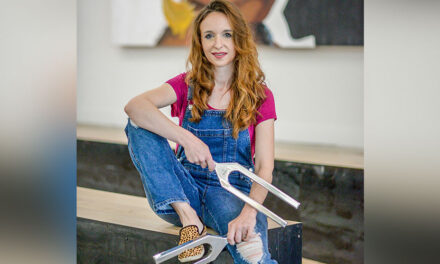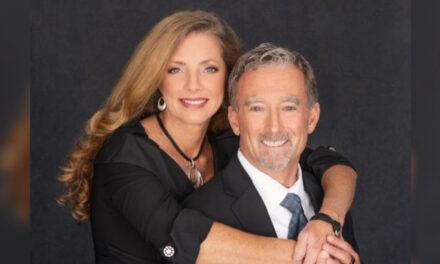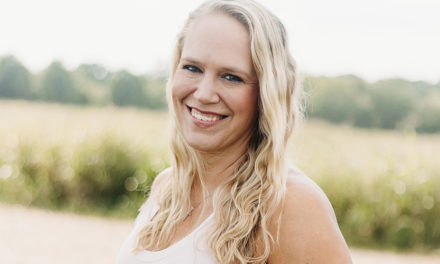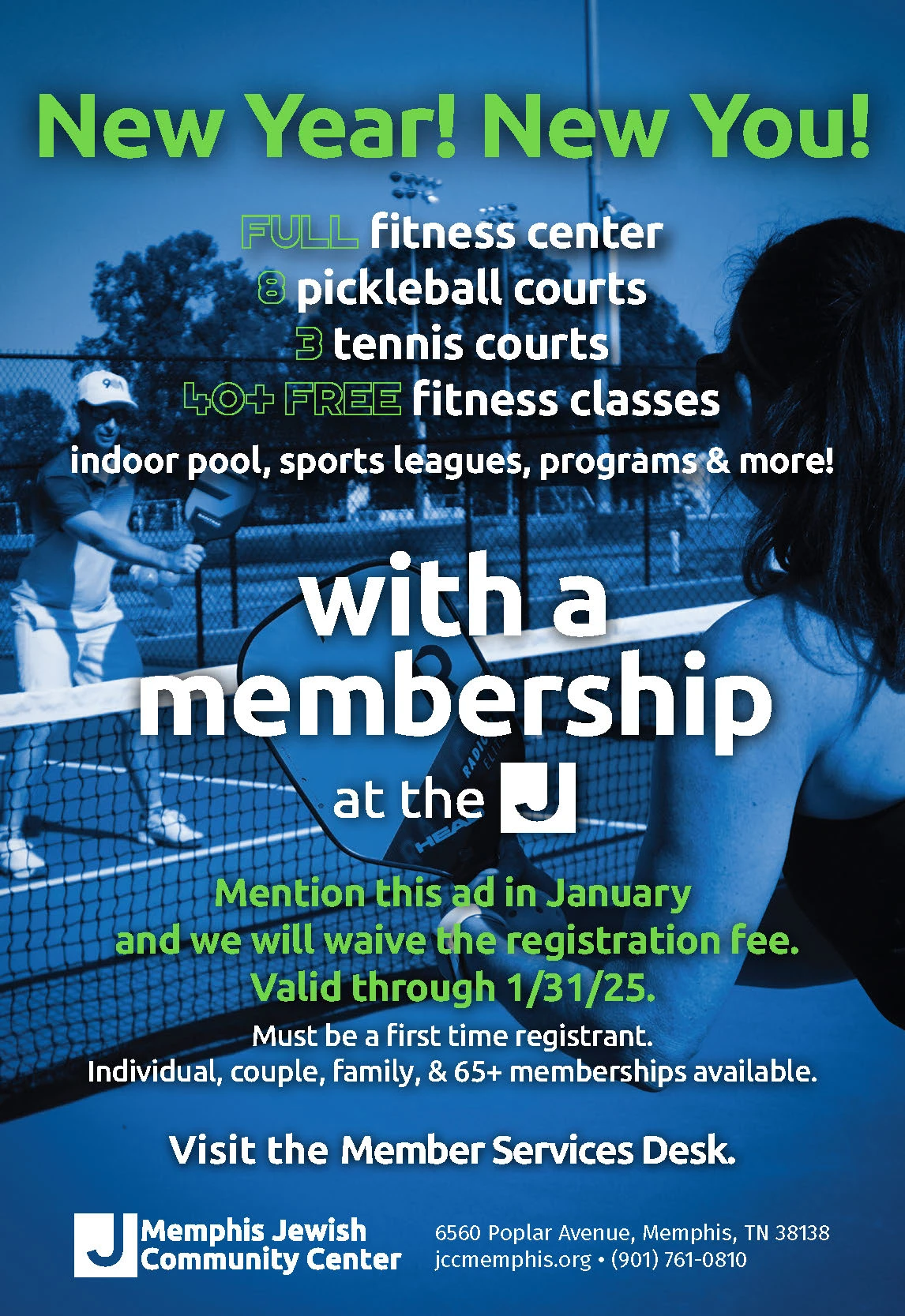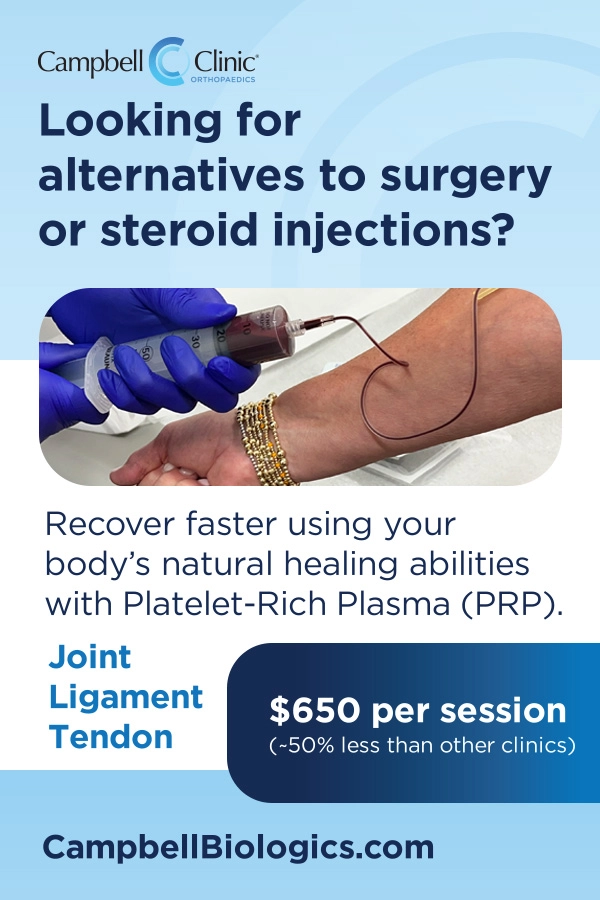The Achilles tendon is the largest and strongest tendon in the human body. It attaches the calf muscles to the ankle and transmits the force used to push off when you walk or run. Due to the everyday demands on the Achilles tendon, it is a common area to experience pain and loss of function. The technical term is Achilles tendinopathy (AT).
Achilles tendinopathy occurs in both active and sedentary populations. It is one of the most common running injuries; in fact, an estimated 10%–15% of all running-related injuries involve the Achilles tendon. While Achilles tendon pain and dysfunction can sometimes be related to medical conditions or medication, it is most often due to overloading the tendon.
In the active population, this overload is generally due to errors such as ramping up training and doing too much too soon. In the sedentary population, overload may be related to performing an activity more than usual; for example, increased walking while on vacation. In both cases, the activity involved exceeds the ability of the individual’s Achilles tendon to handle the load placed upon it.
The telltale symptoms of Achilles tendinopathy are pain and swelling present during activities and associated morning pain and stiffness. Generally, the pain and swelling will be located 2–6 cm above the heel (mid-portion tendinopathy). Less frequently it occurs at the attachment of the tendon to the heel bone (insertional tendinopathy).
The management of these two types of Achilles tendinopathy differs and may require a differentiated diagnosis and specific management by your healthcare provider.
Initial management involves the principles of RICE (rest, ice, compression, and elevation) and avoiding the aggravating activity.
The cornerstone of treatment that a physical therapist provides, however, is a progressive exercise program focused on restoring the tendon to capacity to perform the activities required, which varies by patient. For some individuals, this may be running a marathon. For others, the load requirements involve walking around the block. The protocol-driven program is focused on strengthening the calf muscles and Achilles tendon and should begin as soon as possible. During the program, a physical therapist may also assess whether other changes could help with rehabilitation, such as a change in footwear or the use of heel lifts.
If you have looked up Achilles exercises online, you may be familiar with the Alfredson protocol. This was developed in the late 1990s by Swedish Orthopedic surgeon, Professor Håkan Alfredson while treating his own Achilles tendon. It involves a progressive loading which emphasizes eccentric (lengthening) exercises. While this protocol still has a role in treatment and rehabilitation of AT, it has not been found to be effective for all those who are diagnosed. The current best practice involves a progressive strengthening and loading protocol specific to each individual. This can be developed under the guidance of a physical therapist.
It is important to remember that this exercise program is a long-term plan, and it may take months to reach full recovery. Fortunately, runners can often continue to run with Achilles tendon pain. The return to running must be graduated, and should not continue if pain increases beyond a mild level during the activity, or if pain is worse the following morning. It is also recommended that you do not run consecutive days, that you avoid running up hills, and that you further avoid speed work in the short term. Runners should also continue to cross train during this rehabilitation period.
Finally, as a physical therapist and a runner who has personally experienced Achilles tendinopathy, I wish to emphasize that it is important to continue a long-term strengthening program, which I recommend performing three times per week.
———————————-
Mark Temme PT is the Director of Rehabilitation at OrthoSouth (Briarcrest) with a clinical specialty in managing running injuries and lower extremity tendinopathies. OrthoSouth offers patient-centric comprehensive orthopedic care, including physical therapy to athletes and weekend warriors in the Mid-South. With eight convenient clinic locations, 24/7 urgent orthopedic care via 901.261.STAT, general & subspecialty providers, and two outpatient surgery centers, they provide the best experience in orthopedic care, when and where you need it.


